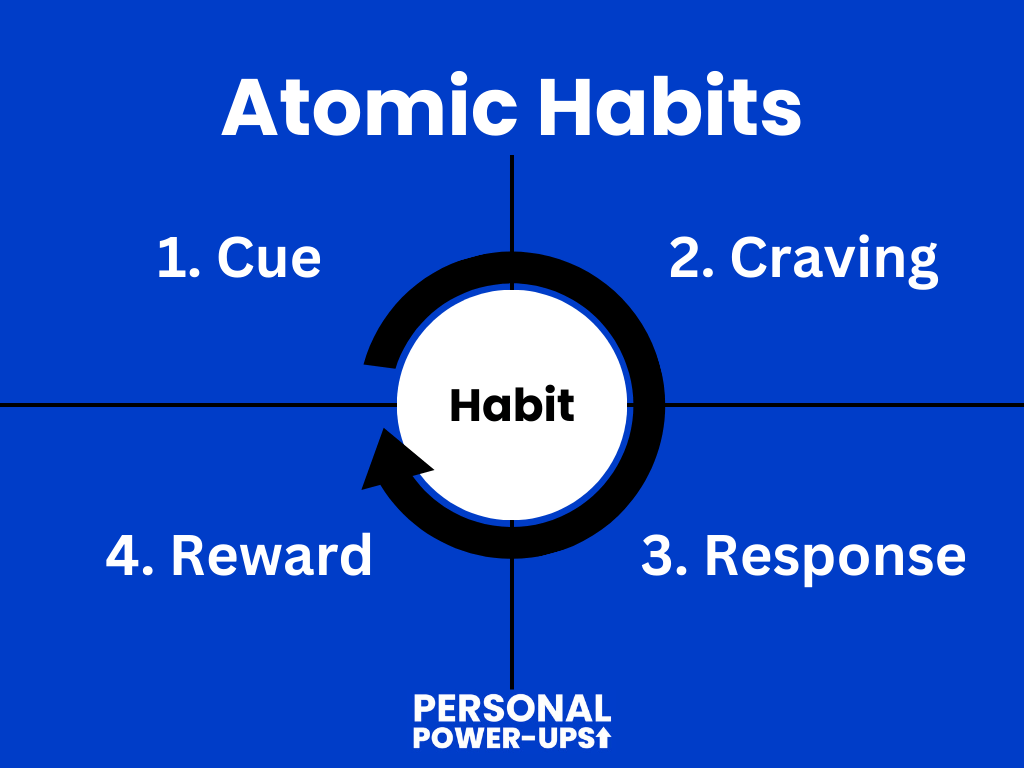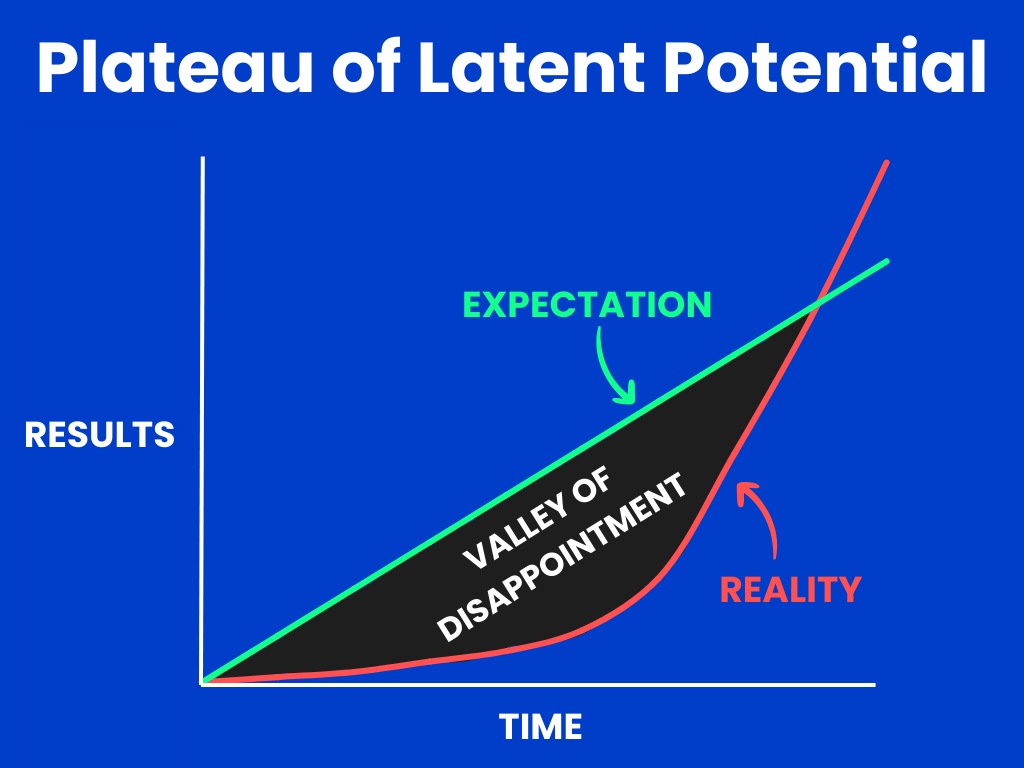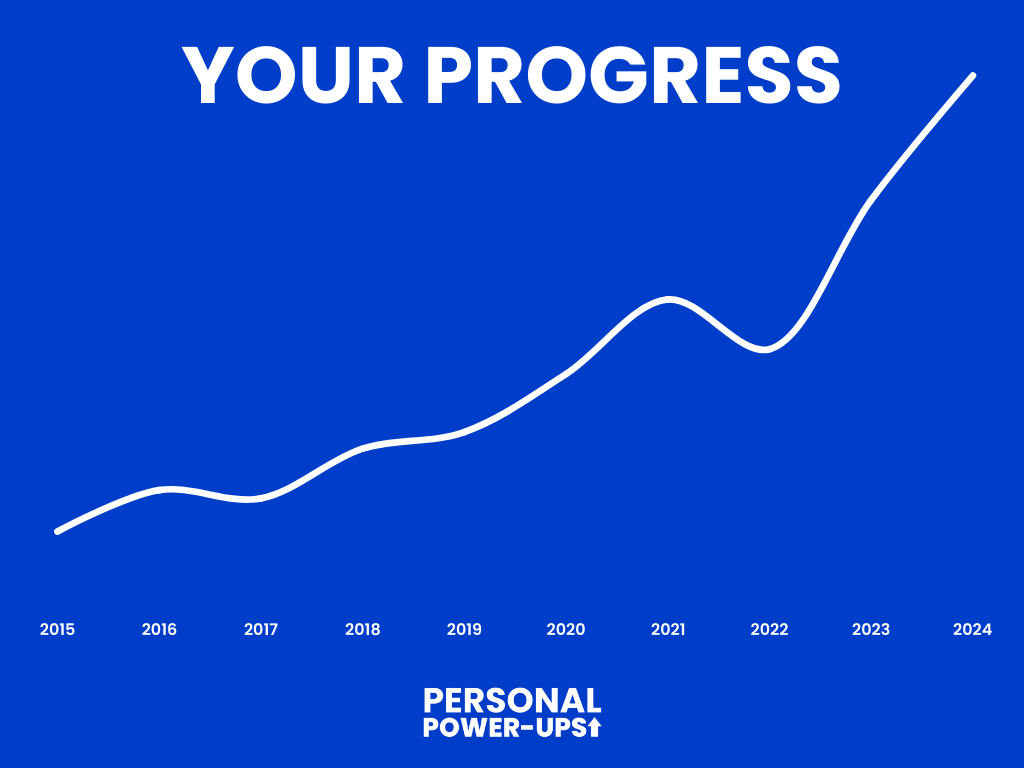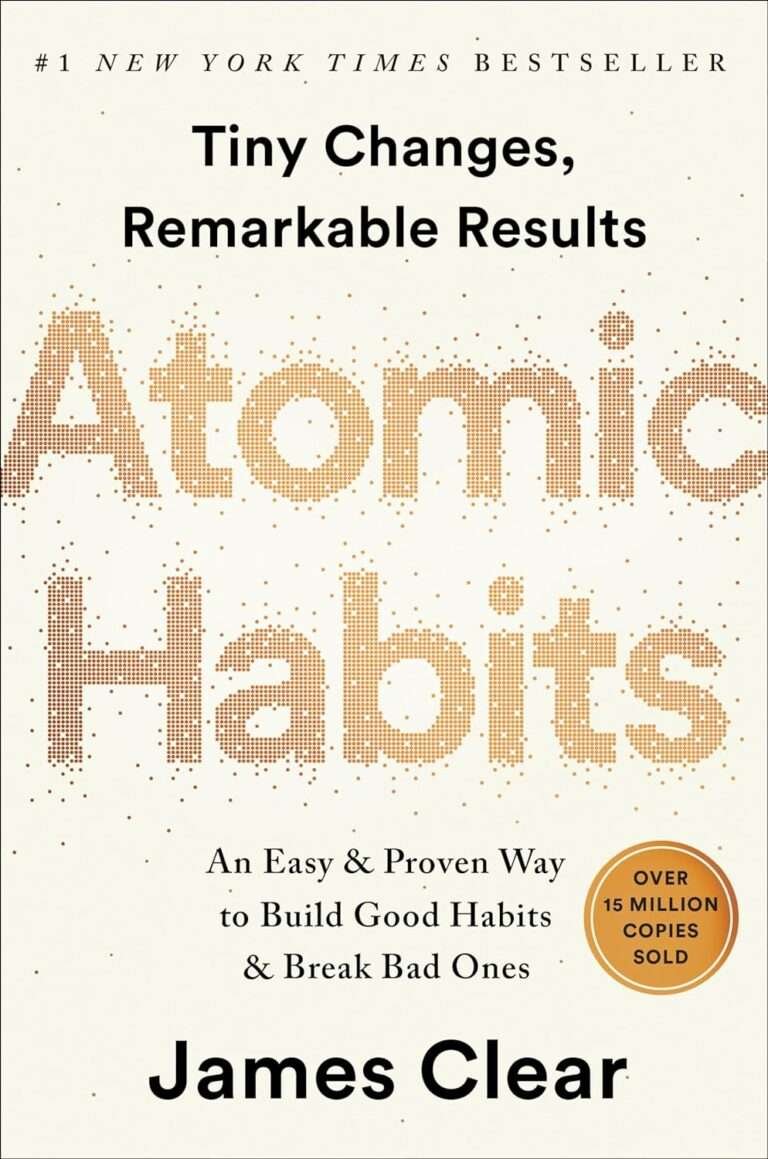When it comes to personal development and building habits, the right book can be a game-changer. One book that has made waves is James Clear’s Atomic Habits. You might be wondering, is Atomic Habits worth reading? The short answer: yes, definitely. But let’s dive deeper to understand why this book could be a transformative tool for your life, how it has helped me, and also address some criticisms it has received.
Table of Contents
The Core Concept
Atomic Habits revolves around the idea that tiny changes can lead to remarkable results. Clear emphasizes that by focusing on small, incremental habits, you can achieve significant improvements over time. This concept is not just theoretical; it’s backed by scientific research and practical examples.

Why Atomic Habits Is Worth Reading
Practical Advice
Clear’s writing is packed with actionable insights. He breaks down the process of habit formation into digestible steps through the habit loop, making it easy for you to implement his advice in your daily life. I can highly recommend making notes while reading the book, writing down use cases for your own life.
Scientific Foundation
The book draws on the newest research in psychology and neuroscience. Clear explains how habits work in your brain and why small changes can lead to lasting results. This scientific backing adds credibility and depth to his arguments, which I find refreshing, as many personal development books lack such a scientific approach.
Real-Life Examples
Clear uses compelling stories to illustrate his points. These examples range from athletes improving their performance to everyday people transforming their lives. This storytelling approach makes the concepts more relatable and engaging, making it easier to understand how it can be of use to you as well.
Focus on Systems
Rather than setting abstract goals, Clear advocates for creating systems. For instance, instead of aiming to lose 20 pounds, you focus on developing a consistent exercise routine and healthy eating habits. This shift in mindset can be more effective and sustainable.
Transformative Potential
Let’s explore how Atomic Habits can transform your life if you apply its lessons. Of course, this is just the tip of the iceberg, and the book holds many more great ideas that will help you upgrade your life.
1. Building Good Habits
One of the book’s strengths is its detailed guide on building good habits. Clear introduces the “Four Laws of Behavior Change”:
- Make it Obvious: Place cues for your new habit in plain sight.
- Make it Attractive: Link the new habit with something you enjoy.
- Make it Easy: Simplify the habit to reduce friction.
- Make it Satisfying: Add immediate rewards to reinforce the habit.
Example: Suppose you want to start reading more. Clear suggests leaving a book on your pillow (Make it Obvious), associating reading with your favorite cup of tea (Make it Attractive), starting with just one page a day (Make it Easy), and marking your progress on a calendar (Make it Satisfying).
2. Breaking Bad Habits
Clear also provides strategies for breaking bad habits using the inverse of the Four Laws:
- Make it Invisible: Remove cues that trigger the bad habit.
- Make it Unattractive: Reframe your mindset to see the negatives of the habit.
- Make it Difficult: Increase the effort required to perform the habit.
- Make it Unsatisfying: Introduce immediate consequences for the habit.
Example: If you want to stop checking your phone excessively, you could keep it in another room (Make it Invisible), remind yourself of how it disrupts your focus (Make it Unattractive), add a password to increase access time (Make it Difficult), and ask a friend to hold you accountable (Make it Unsatisfying).
3. Identity-Based Habits
Clear emphasizes the importance of identity in habit formation. Instead of focusing on what you want to achieve, focus on who you want to become. This shift can make your habits more meaningful and enduring. In fact, it’s one of the best ways to get through the valley of disappointment.
Example: If you want to become a writer, instead of setting a goal to write a book, adopt the identity of a writer. This means writing regularly, even if it’s just a few paragraphs a day. By seeing yourself as a writer, you’re more likely to stick with the habit.

Addressing the Criticisms
While Atomic Habits has received widespread acclaim, it’s not without its critics. Here are some common criticisms and why I believe they shouldn’t deter you from reading the book.
Over-Simplicity
Some readers feel that Clear oversimplifies the process of habit formation. They argue that real-life changes are more complex and can’t always be distilled into simple formulas.
Counterpoint: While life is indeed complex, simplicity is powerful. Clear’s frameworks are designed to be easily understandable and actionable. They provide a starting point that you can adapt to your unique circumstances. The simplicity of his advice makes it accessible and reduces the barrier to getting started. I’d much rather get started through a simple system that works than not getting started because it is too complex.
Repetitiveness
Another criticism is that the book can be repetitive, with similar concepts reiterated throughout.
Counterpoint: Repetition reinforces learning. By revisiting key ideas, Clear ensures they stick with you. This approach mirrors how habits themselves are formed—through repetition. Moreover, each reiteration often introduces new nuances or examples, enhancing your understanding. So I personally see it more as a feature, rather than a bug.
Lack of Depth on Some Topics
Some readers wish the book delved deeper into certain areas, like the neurological mechanisms of habits or advanced habit formation techniques.
Counterpoint: “Atomic Habits” is intended as a practical guide, not an academic textbook (there are plenty of other books for that). Its strength lies in its accessibility and focus on actionable advice. For those seeking deeper exploration, Clear provides a comprehensive list of resources and references for further reading.
How I Use Atomic Habits
To illustrate the transformative power of Atomic Habits, let’s look at some real-life examples from my life.
Example 1: Going to the Gym
If you’re like me, going to the gym can be a challenge at times. Perhaps it’s raining, or I simply don’t feel like it, but I still get going, thanks to what I’ve learned from Atomic Habits. I make sure my gym bag is packed in advance (make it easy), I have standard days and times to go to the gym (make it obvious), I go with friends (make it attractive), and I always reward myself after going to the gym with a healthy treat (make it satisfying).
Example 2: Getting Out of Bed
Ah yes, another challenge: getting out of bed in the morning. I found it hard to not keep laying in bed when my alarm went off. The insights from Atomic Habits have also helped me here. I put my phone on the other side of the room (make it unsatisfying / invisible), I have a wake-up light now (make it difficult), and remind myself I’ll feel more energized if I get out of bed immediately (make it unattractive).
Applying Atomic Habits in Your Life
To make the most of Atomic Habits, start by identifying one area in your life where you want to make a change. Use the Four Laws of Behavior Change to design a new habit or break a bad one. Remember, focus on small, incremental changes. Over time, these tiny habits can compound into significant improvements.
If you’d like to check out some practical ways Atomic Habits can be applied, use our Habits Scorecard and Habit Loop Worksheet to get started.

Conclusion: Is Atomic Habits Worth Reading?
Atomic Habits is more than just a book; it’s a toolkit for lasting change. Its practical advice, scientific foundation, and relatable examples make it a valuable resource for anyone looking to improve their life. While it may not delve deeply into every aspect of habit formation, its simplicity and accessibility are precisely what make it so effective.
By applying the principles in Atomic Habits, you can build good habits, break bad ones, and ultimately become the person you want to be. So, is Atomic Habits worth reading? Without a doubt. Dive in, and start your journey toward a better you today!
Learn More in Atomic Habits
No matter your goals, Atomic Habits offers a proven framework for improving your habits. James Clear, one of the world’s leading experts on habit formation, reveals practical strategies that will teach you exactly how to form good habits, break bad ones, and master the tiny behaviors that lead to remarkable results.
- Pros:
- Very practical, making it easy to implement
- Easy to understand because of the style and structure
- Well-researched content
- Cons:
- Can be somewhat repetitive
Personal Power-Ups is supported by its audience. When you purchase through links on our site, we may earn an affiliate commission.





